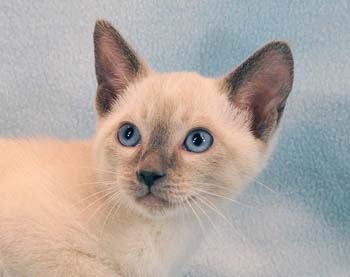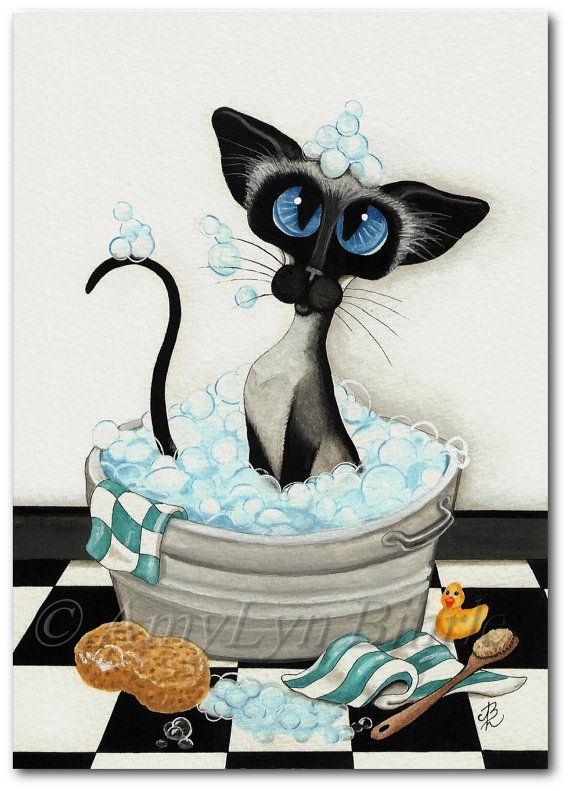The Siamese breed has a very diverse history. The Siamese cat originated in Thailand and is closely related to the Western variety. However, the Thai cat is distinct from the modern-style Siamese. The differences between the two kinds of cats are extensive, but there are some traits that they all have in common. Here are some of the most common and interesting ones. In addition to the classic and modern-style types, there are also a few subspecies of these felines.
The ideal Siamese cat is a medium-sized cat with long tapering lines. Its head is shaped in a wedge with no break at the tip of the ears. The eyes are the width of an eye and the whiskers are long and smooth, revealing the underlying bone structure. The nose and eyelids should be symmetrical, with the tip of the nose pointing downwards. The eyes are almond-shaped, and the ears should be large and pointed.
Call Kittentanz for more details!
A Siamese cat should be kept as part of a family. It needs constant interaction with its family, and when left alone, it can become lonely and pouty. It is best to get two Siamese cats if you work during the day. This way, your cat will have a buddy to play with at all times. It is also compatible with other pets and children. It is a good idea to take the Siamese cat to a veterinarian as soon as possible.
Siamese cats are well-known for their personality. They are among the most vocal cats and enjoy having long conversations with their owners. Their intelligence and natural curiosity make them ideal pets. The perfect companion. And while they are very sweet, they never seem to have a dull moment. Its personality and intelligence are unmatched by any other breed. It is easy to get enamored with a Siamese.
Siamese cats are very intelligent. They are playful and intelligent. Their meows are loud and distinctive. Their meows have a similar sound to a human baby. They love human companionship and do not like to be left alone. They are social animals and are great with children and other pets. In addition to their beautiful appearance, they are fun to interact with. They are excellent pets and will make you feel proud.
Traditional Siamese cats are about 18 pounds. Their noses tend to be downward-pointed. Their bodies are longer than their tails and smaller than their ears. They also have a flattened head. They are incredibly chatty. If you have time to devote to your new pet, he will probably be your best friend. A good idea is to get two or three cats if you are going to work long hours.
Call Kittentanz for more details!




 Most of the people who inquire about our Balinese kittens are looking for a low allergy cat for their families with cat allergies. But the secret is , you are not limited to Balinese when looking for a kitten! All Kittentanz kittens are low allergy and, in most cases, great for allergy sufferers. So, consider Siamese and Tonkinese and even the Burmese as choices when looking for a low allergy kitten!
Most of the people who inquire about our Balinese kittens are looking for a low allergy cat for their families with cat allergies. But the secret is , you are not limited to Balinese when looking for a kitten! All Kittentanz kittens are low allergy and, in most cases, great for allergy sufferers. So, consider Siamese and Tonkinese and even the Burmese as choices when looking for a low allergy kitten!

